The Maillard reaction ( often called the browning reaction ) is what's responsible for the browning and aroma of foods as they cook. In very simple terms it is a reaction between amino acids ( building blocks of proteins ) and simple sugars ( reducing sugars ).
It's the Maillard reaction that causes cakes to turn brown. Seared steaks, cookies, biscuits and breads all undergo this reaction.
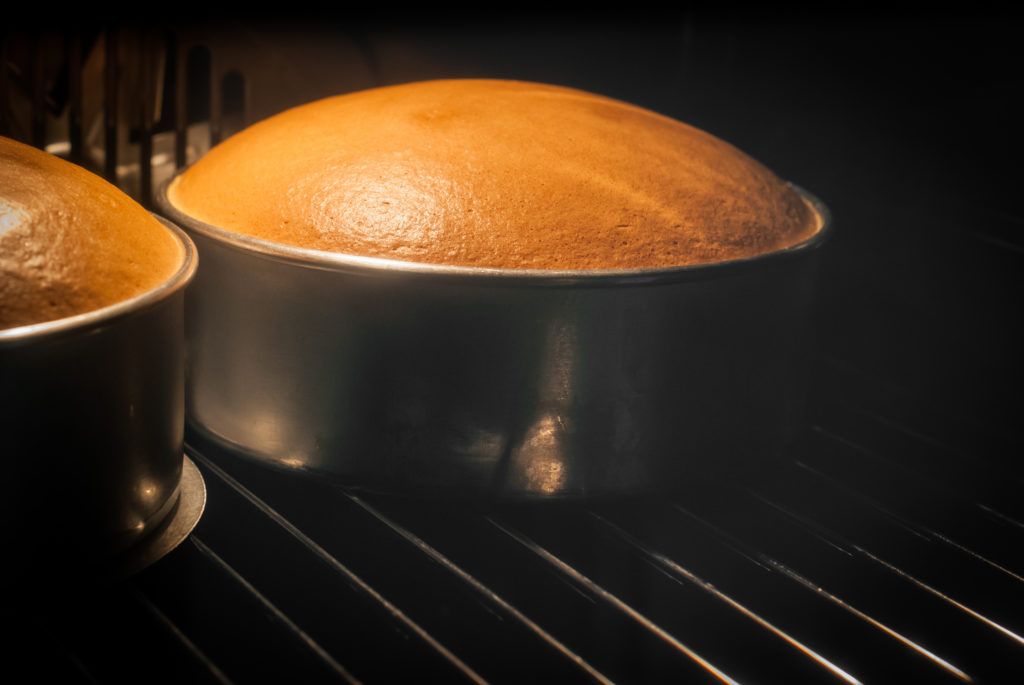
When egg is used as a glaze, it also acts as a source of protein for the sugar's Maillard reaction. This is why egg is used to give a lovely brown coating to sausage rolls and pastries!
You've probably used the Maillard reaction to get food to look and taste how you want without even knowing what it is. The reaction only occurs in the presence of high heat and the final taste and browning effect depends on the amount of sugar, water, and protein in the food. Caramelisation is another process that occurs at high heat and causes browning, but this reaction is between sugar and water.
Did you know that there was so much chemistry involved in baking and cooking?
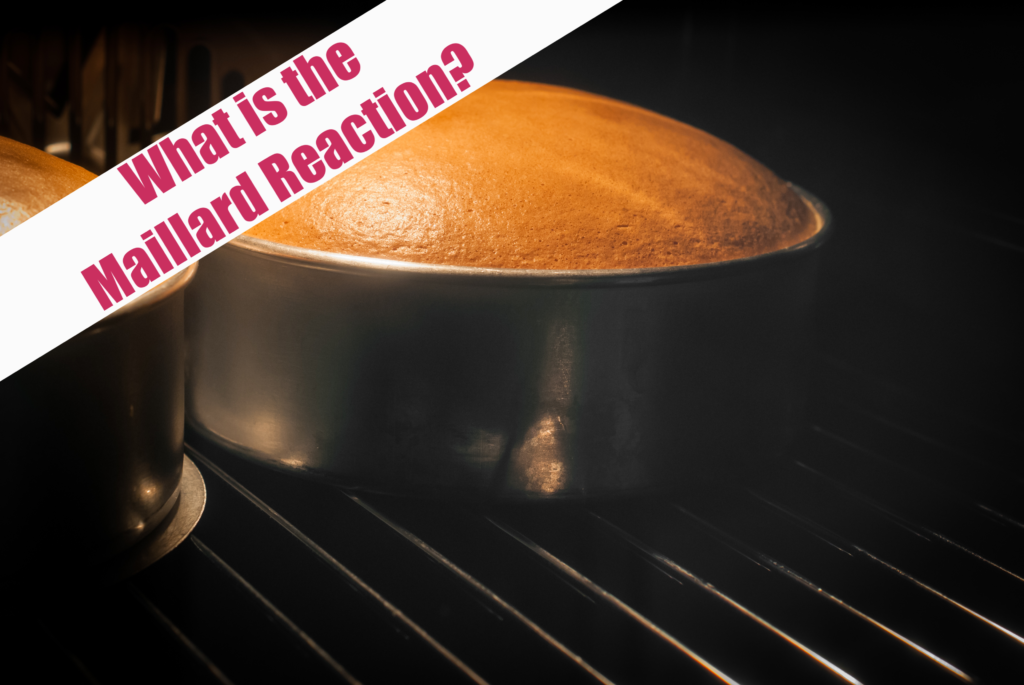
Find out more about the science of baking with the Science Sparks Bake Off.
Last Updated on October 12, 2019 by Emma Vanstone
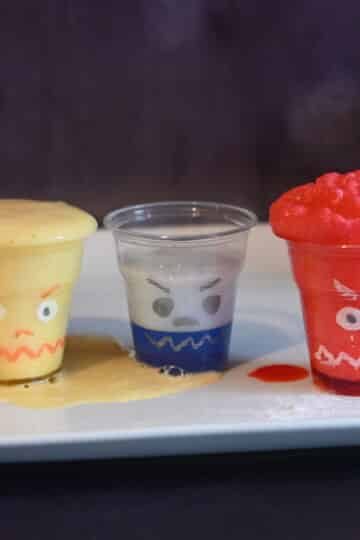
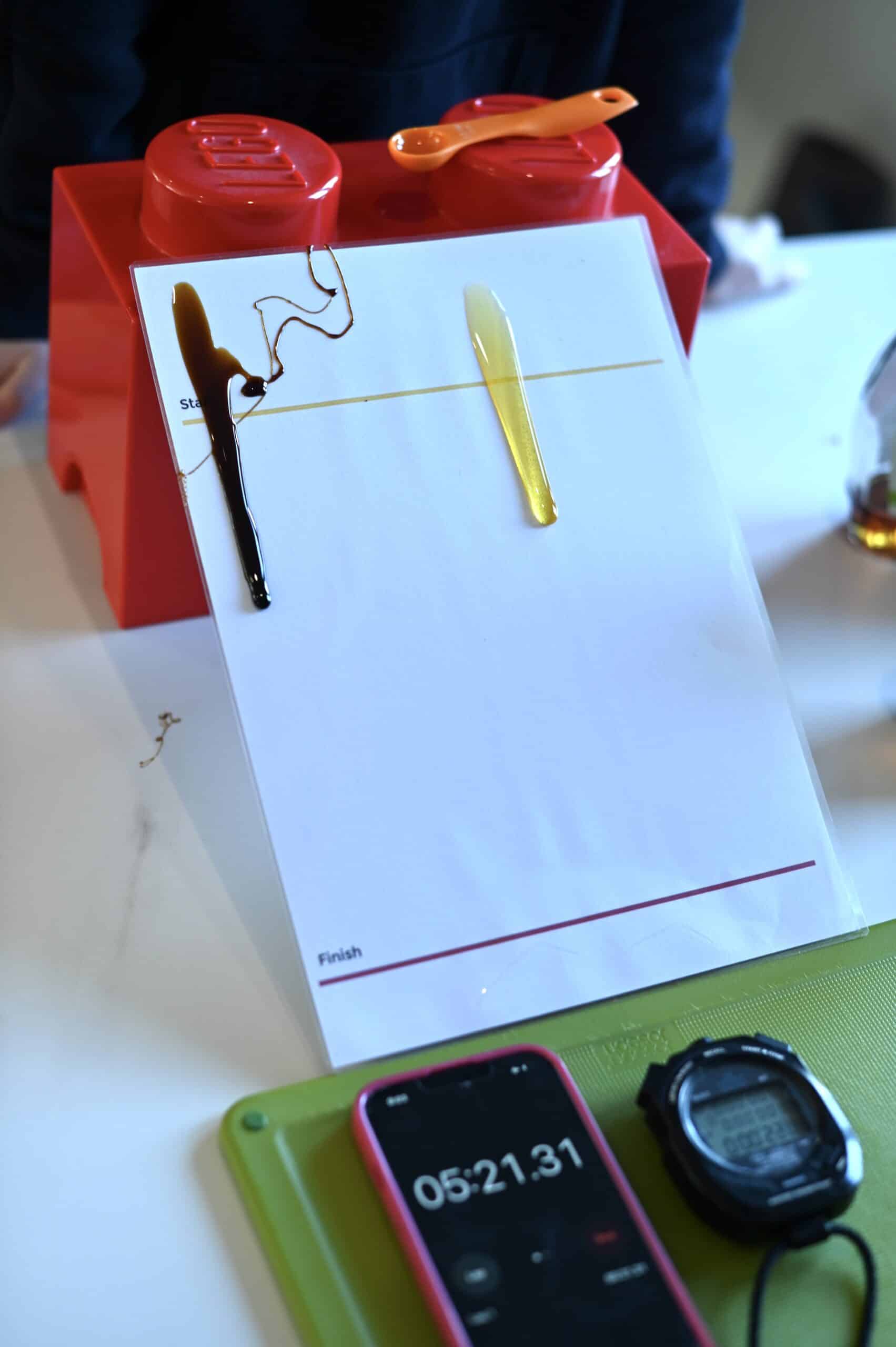
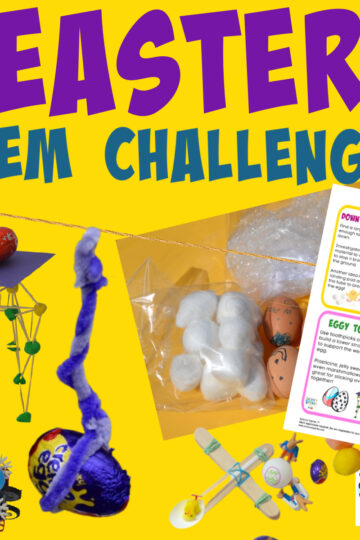
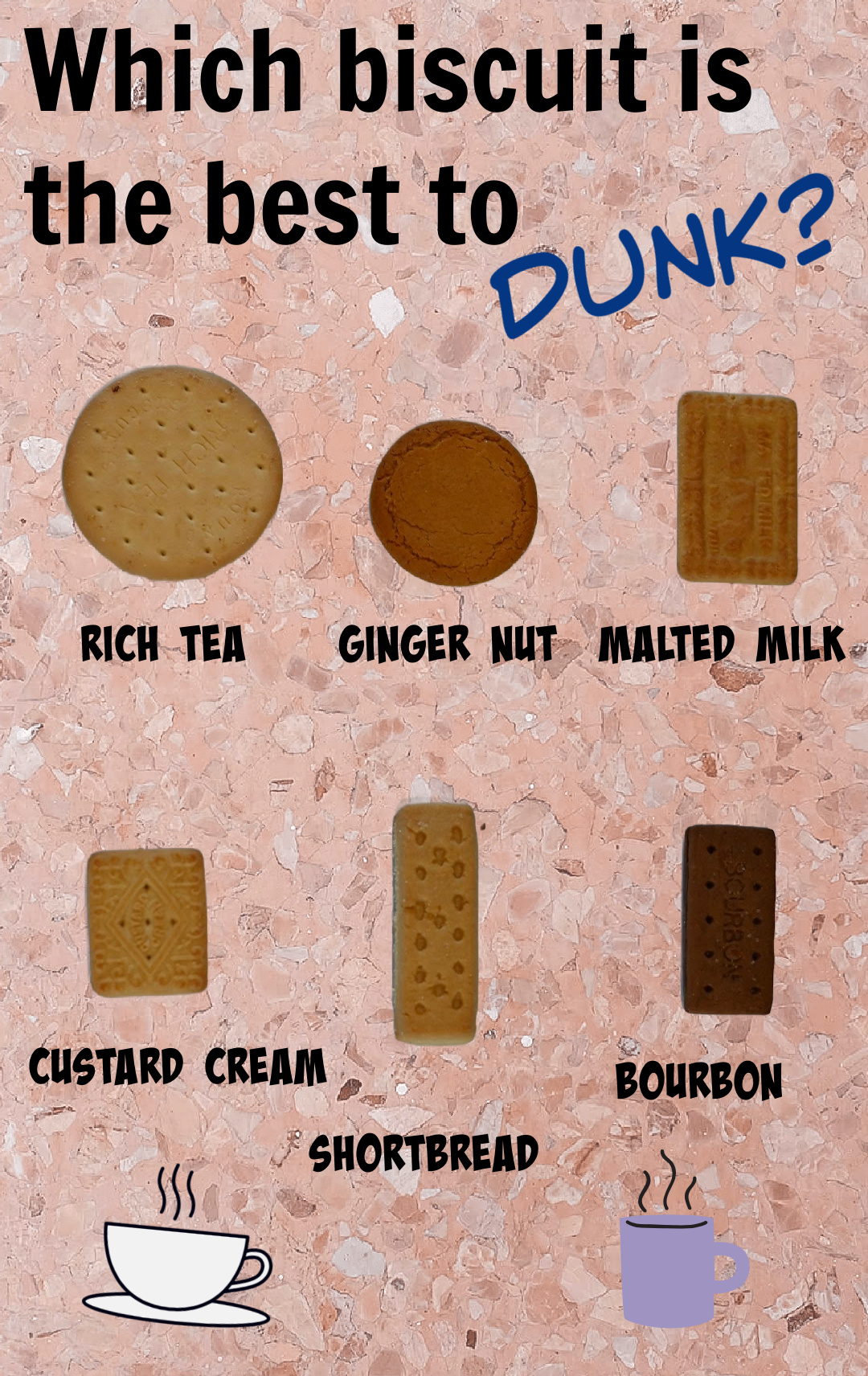
Leave a Reply